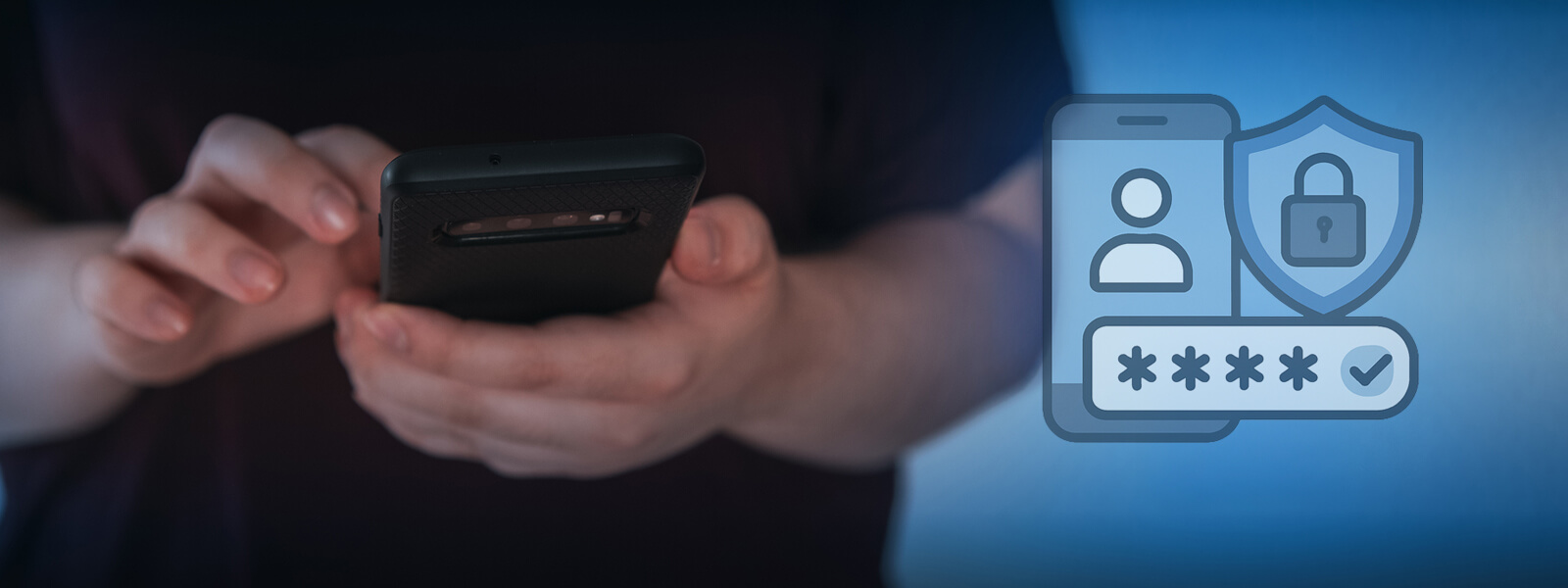

I remember the first time I placed an NBA moneyline bet - it was during last year's playoffs when the underdog Heat were facing the Celtics. I put down $100 on Miami at +240 odds, and when they pulled off that stunning victory, my $340 payout felt absolutely massive. That's the beauty of moneyline betting - it's straightforward, but the payouts can vary wildly depending on the matchup and odds.
The connection between NBA moneyline payouts and game design might not be immediately obvious, but let me explain why I see parallels. When I play games like Space Marine 2, I'm struck by how the developers create this illusion of vast, complex battlefields while actually guiding players through relatively linear paths. The environmental design makes everything feel grander than it actually is, much like how sportsbooks present betting odds - they make the process seem incredibly complex with all those numbers and calculations, but at its core, moneyline betting is beautifully simple. You're just picking who wins the game, plain and simple.
Now, let's break down exactly how those payouts work. If you bet on a favorite, say the Celtics at -150 odds, you'd need to risk $150 to win $100. Your total return would be $250 - your original $150 stake plus the $100 profit. When I first started betting, I made the mistake of thinking favorites were always "safer" bets, but I've learned that's not necessarily true. Underdogs are where the real excitement lies - like when I took the Kings at +180 against the Warriors last season and netted $280 on my $100 wager. The key thing most beginners miss is understanding implied probability - that -150 on the Celtics suggests they have about a 60% chance of winning, while the +180 on the Kings implies roughly a 35.7% chance.
What fascinates me about NBA moneyline betting is how the odds shift leading up to game time. I've tracked odds movements for three seasons now, and I've seen lines swing dramatically based on injury reports, rest decisions, and even weather conditions for outdoor events. Last December, I watched the Suns' odds jump from -130 to -210 when news broke that the opposing team's star player was sitting out for load management. That's a massive shift that completely changes the risk-reward calculation.
The psychology behind these bets is something I find particularly intriguing. Much like how Space Marine 2 uses environmental storytelling to immerse players in its universe, sportsbooks use odds presentation to create narratives around games. They know that bettors like me get drawn into the drama of an underdog story or the apparent safety of a heavy favorite. I've noticed that public betting sentiment can sometimes create value opportunities - when everyone piles on a popular team, the odds might not reflect their actual chances accurately.
From my experience tracking over 200 NBA moneyline bets last season, I found that betting exclusively on underdogs between +150 and +250 yielded a 12.3% return, though I should note this was during an unusually volatile season. The key was being selective - I only took underdogs in situations where I believed they had a better chance than the odds implied, typically due to matchup advantages or situational factors like back-to-back games.
What many casual bettors don't realize is how much the house edge affects long-term profitability. The vig or juice - typically built into odds at around 4.5% for NBA moneylines - means you need to win approximately 52.38% of your bets just to break even when betting standard -110 lines. This is why I've shifted my strategy toward looking for mispriced lines rather than simply betting on who I think will win. It's about finding value, not just winners.
The emotional rollercoaster of moneyline betting reminds me of those intense Space Marine 2 battles where victory seems impossible until suddenly it isn't. I've had bets where my team was down 20 points in the third quarter only to mount an incredible comeback, and others where a sure thing collapsed in the final minutes. That's what keeps me coming back - the combination of analytical challenge and pure adrenaline. After five years of serious NBA betting, I've learned that discipline matters more than any single pick. Setting strict bankroll management rules - I never risk more than 3% of my total bankroll on any single game - has been the single most important factor in my long-term success.
Looking ahead to this season, I'm particularly interested in how the new resting rules might affect moneyline values early in the season. Teams can no longer sit multiple stars simultaneously, which could make favorites more reliable in certain situations. I'm planning to track how this affects underdog cover rates through the first month of games. The beautiful thing about NBA betting is that there's always something new to learn, always another angle to consider. Whether you're betting $10 or $1000, understanding exactly how those payouts work and why they're set that way transforms the entire experience from gambling to strategic speculation.